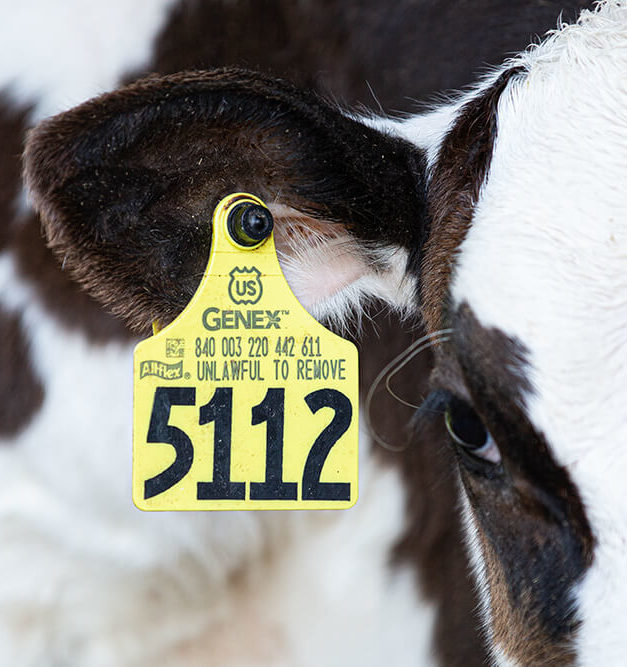A new study by World Weather Attribution and Climate Central has quantified how climate change is dramatically increasing the number of “superhot days,” defined as those hotter than 90 percent of comparable days between 1991 and 2020.
Released on Thursday, the report, which has yet to be peer-reviewed, uses well-established climate attribution models and highlights both the limited progress and stark inequality of the global response since the 2015 Paris Climate Agreement.
Before the accord, the world was on course for a catastrophic 4°C rise by the end of the century, which would have meant 114 additional superhot days per year. Thanks to existing emission-cutting pledges, that trajectory has slowed to 2.6°C, yet this still implies 57 extra scorching days annually by 2100, almost two months of extreme heat. Since 2015, the planet has already gained an average of 11 such days.
“People shouldn’t be relieved that we’re no longer on the 4-degree path,” said Johan Rockström, director of the Potsdam Climate Institute. “The current track still means a disastrous future for billions of humans on Earth.”
Coauthor Friederike Otto of Imperial College London said the toll will be “tens of thousands or millions of people, not less,” noting that thousands already die every year during major heatwaves.
The research also exposes a striking climate injustice: the world’s poorest nations, those that contribute least to global emissions, will suffer the most.
Small, ocean-dependent countries such as Panama, Samoa, and the Solomon Islands top the list of those facing the sharpest temperature spikes. Panama alone could see 149 additional superhot days annually. Together, the 10 worst-affected nations emit just 1 percent of the world’s heat-trapping gases.
Meanwhile, the top carbon polluters (the United States, China, and India) will each see only 23–30 more superhot days, despite producing 42 percent of global carbon dioxide.
“This is yet another wedge between the haves and the have-nots,” said Andrew Weaver, a climate scientist at the University of Victoria. “It’s not only a moral crisis but also a geopolitical one in the making.”










The latest news in your social feeds
Subscribe to our social media platforms to stay tuned